Culture vs. Crisis: A Journey into Maya Farming Traditions
On Monday night, we took you deep into the heart of San Pedro, Columbia, where subsistence farmers are facing a growing threat, an aggressive rodent infestation that’s putting their crops, and their livelihoods, at risk. But as our team ventured further into the deep south, we uncovered more than just a pest problem. What we found was a rich tapestry of tradition, age-old farming practices rooted in Maya culture, where every planting, every harvest, is guided by ancestral wisdom. Tonight, in our latest installment of Kolcha Tuesday, News Five’s Paul Lopez takes us beyond the fields and into the soul of southern Belize’s farming heritage.
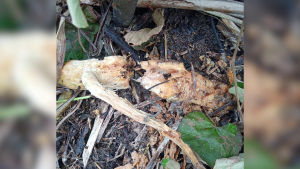 Paul Lopez, Reporting
Paul Lopez, Reporting
A rodent infestation is sweeping across small farms in the Toledo District and it’s not only threatening crops and livelihoods. It’s shaking the very roots of a farming tradition passed down through generations of Maya families. And while stories of rats in the milpas have been whispered for years, farmers say this is different. This time, it’s not just folklore. It’s real. And it’s right in front of them.

Sylvano Tesecum
Sylvano Tesecum, Farmer, Toledo District
“My ancestors from long time, my grandmother use to tell us the story of lots of rats before, until now I am seeing it.”
So, we hit the road and made our way to San Pedro Columbia to see it all for ourselves. But what we found wasn’t just farmers going about their daily grind. We stepped into a world where farming is more than just planting and harvesting, it’s a way of life. It’s a system deeply rooted in spiritual beliefs, a respectful partnership with nature, and a strong sense of community. Preparation for planting begins the day before. Raphael Choc, an experienced farmer, acted as our cultural guide for the day.
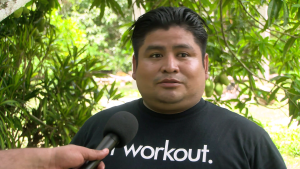
Raphael Choc
Raphael Choc, Farmer, Toledo
“Before the planting, the owner will need to go out there and find workers, most of the time family members.”
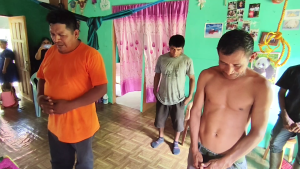 Before planting begins, there’s a sacred commitment. The men chosen for the task take a vow of purity, abstaining from sexual activity the night before. It’s a spiritual preparation, rooted in deep respect for the land and the traditions that guide their way of life.
Before planting begins, there’s a sacred commitment. The men chosen for the task take a vow of purity, abstaining from sexual activity the night before. It’s a spiritual preparation, rooted in deep respect for the land and the traditions that guide their way of life.
Raphael Choc
“Of course the planters must make sure they are pure and for them to be pure we ask them not to sleep with their women the night before of the planting and whoever cheats we will know. We will see the results in the corn field.”
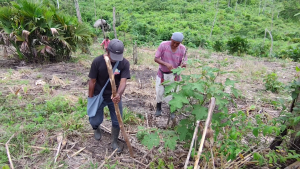 Before sunrise, the men set of on their journey to the farm through mountainous, densely forested terrain. The route kicks off with a steep, fifteen-minute uphill climb that really puts your endurance to the test. And just when you think you’ve conquered it, the trail drops into an even steeper descent on the other side, challenging your footing and your focus every step of the way. The Maya people have, for generations, been making use of the plants this jungle provides.
Before sunrise, the men set of on their journey to the farm through mountainous, densely forested terrain. The route kicks off with a steep, fifteen-minute uphill climb that really puts your endurance to the test. And just when you think you’ve conquered it, the trail drops into an even steeper descent on the other side, challenging your footing and your focus every step of the way. The Maya people have, for generations, been making use of the plants this jungle provides.
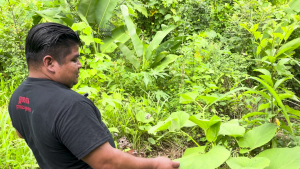 Raphael Choc
Raphael Choc
“Smell this, this is the cow foot leaf, this is the cow foot leaf. So what we do is put this in the lancha. The waha leaves. So, people need to understand we need to start to go green. We the buy aluminum foil and plastic wrapper. We the grow this here. It does not rip. We call it the green wrapper.”
On the farm, the men wear a sling bag known as a kuxtal, across their shoulders that is filled with corn. They traverse the land together, poking holes in the ground and placing the seeds in an orderly fashion.
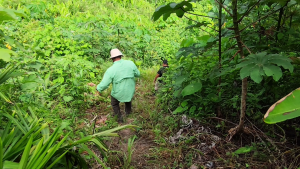 Raphael Choc
Raphael Choc
“Of course when everybody comes together, he will not pay them financially, what he will do is give back that working day. So if he gets five people to plant, that means he owes five days work, one day for person. It does not have to be planting, but any work he has at the farm.”
We enjoyed a refreshing bowl of a traditional corn-based beverage, before the return trip. After a long day in the fields, these farmers don’t just head home. They hoist their harvest onto their backs and tackle that same steep incline all over again; this time, weighed down by the fruits of their labor. It’s a grueling climb that shows just how much heart and strength goes into every crop.
 Paul Lopez
Paul Lopez
“Now you imagine this climb, with a sack of corn on your back. That is what they have to do to transport the corn from this area out to where they can sell it, eat it and feed it to their animals.”
Ultimately, the struggles pale in comparison to the reward. It’s customary for the farm owner to host a feast, a heartfelt thank-you to the workers who’ve toiled alongside him. A freshly prepared bowl of chicken caldo is on today’s menu.
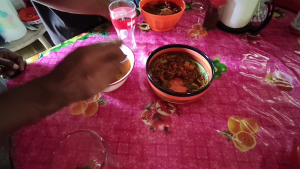 Raphael Choc
Raphael Choc
“So this is the reward of the planters. You have a hot dish of the local chicken caldo, a cup. That is for the chocolate drink. We also have the hot corn tortillas and we also have the hot pepper. As you can see we feed the kids first, then the planters around the table and after when the planters leave the room that is when the women will take over the table and they will have their own feast. And whatever left over food they have they will take it to the family.”
 The belief is that if they adhere to these Maya practices then they will experience a favorable harvest.
The belief is that if they adhere to these Maya practices then they will experience a favorable harvest.
Raphael Choc
“So now what we are facing is these rats. So we want to know if they are not following the traditional rules or if the rats are just there.”
In any event, the rodents must be eradicated in order for these cultural practices to thrive across seasons. Reporting for News Five, I am Paul Lopez.




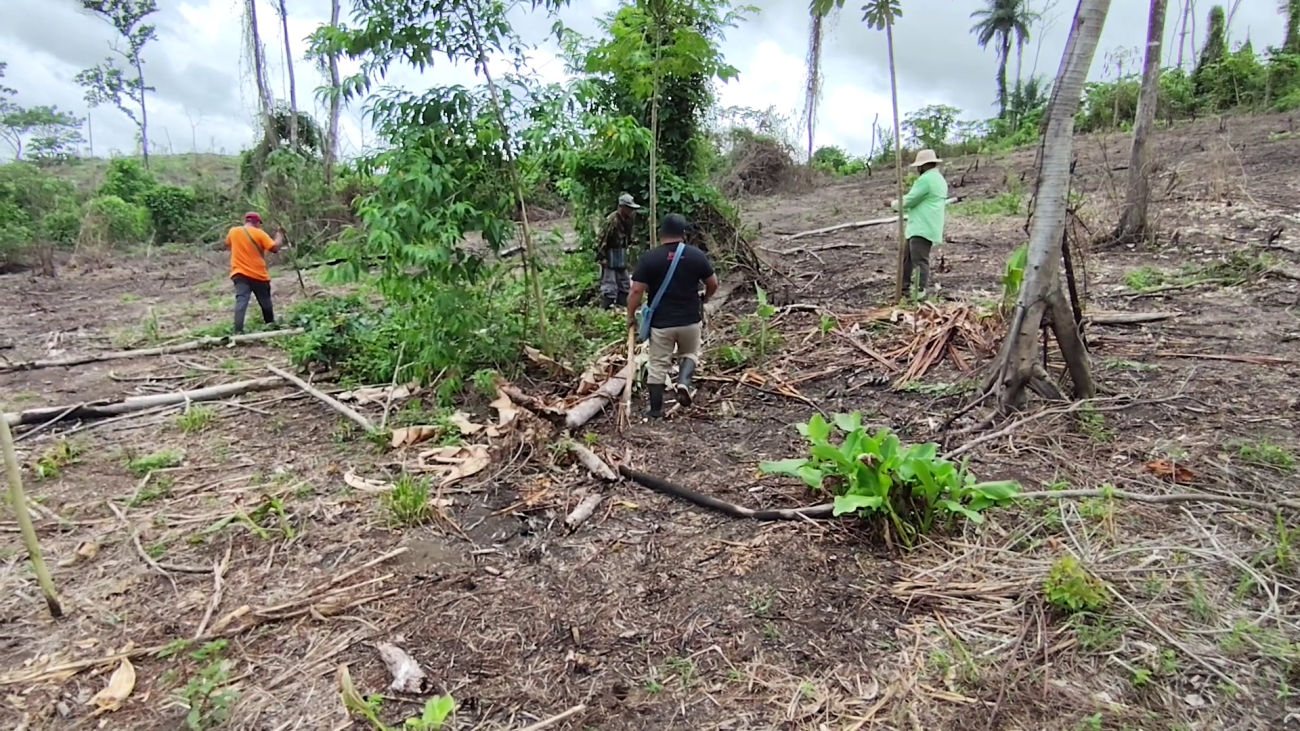

Facebook Comments